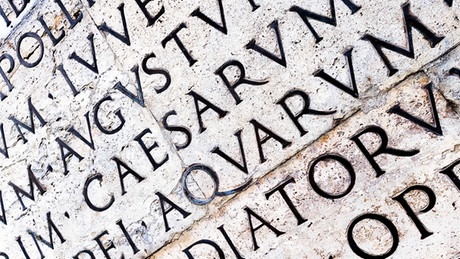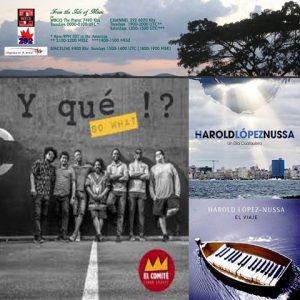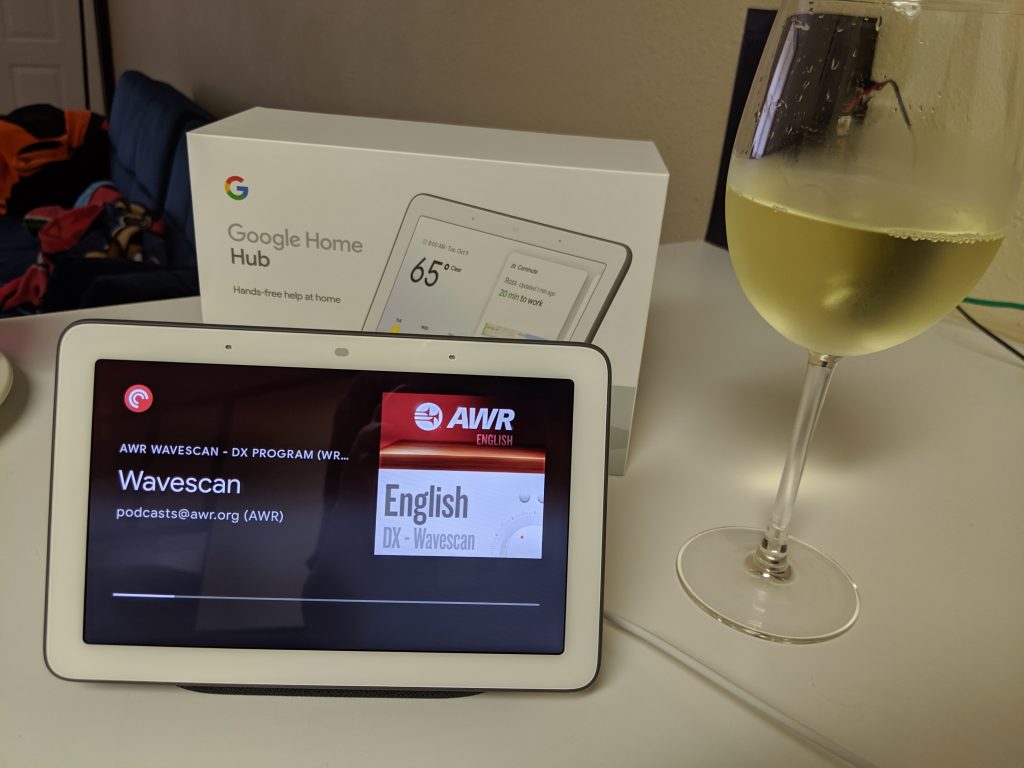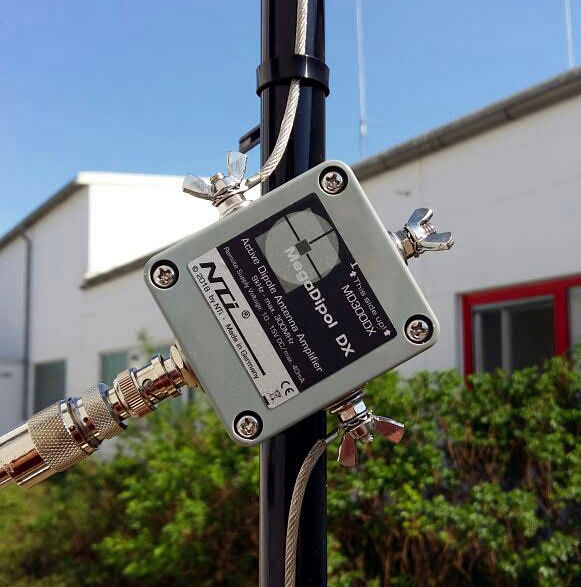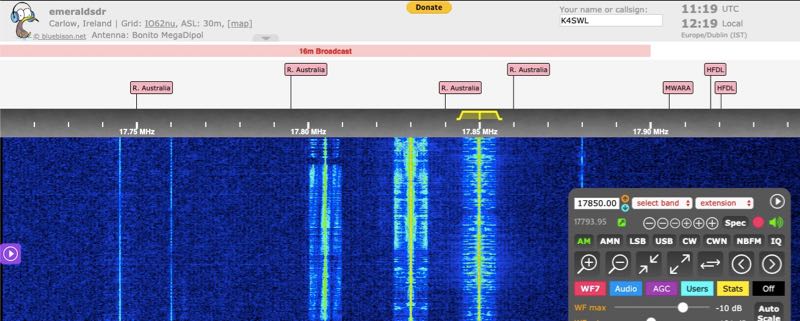WASHINGTON — The United States Agency for Global Media, the government’s foreign broadcast service, already struggling to clean house after a series of scandals last year at flagship operations like Voice of America and TV Martí, is now being rocked by two new cases that have raised further questions about its journalistic and financial management.
In one, Tomás Regalado Jr., a reporter for TV Martí, which broadcasts into Cuba, and a cameraman for the network, Rodolfo Hernandez, were suspended amid allegations that they faked a mortar attack on Mr. Regalado during a broadcast from Managua, Nicaragua, last year.
That incident surfaced only days after Haroon Ullah, the former chief strategy officer at the global media agency, which operates Martí and foreign-language networks around the world, pleaded guilty on June 27 in federal court in Alexandria, Va., to stealing government property.
A former deputy to the agency’s chief executive, John Lansing, Mr. Ullah admitted to fleecing the government of $37,000 between February and October last year by claiming reimbursements for expensive hotels he did not book, double-billing the government for official travel and forging a doctor’s note to allow him to fly business class. He faces up to 10 years in prison.
Sign Up for On Politics With Lisa Lerer
A spotlight on the people reshaping our politics. A conversation with voters across the country. And a guiding hand through the endless news cycle, telling you what you really need to know.
SIGN UP
The new problems are unrelated to each other; in the case of Mr. Ullah, the agency said its internal controls flagged the expense fraud. But along with many others over the past two years, the scandals have brought intensified scrutiny and criticism to the agency, formerly known as the Broadcasting Board of Governors. Created during World War II to be an objective, trusted source of information in nations where freedom of the press is under attack, the agency has 3,500 journalists who reach more than 345 million people in 100 countries each week.
The United States Agency for Global Media initiated an investigation into the allegedly faked segment at TV Martí “immediately after these concerns about the footage in question were raised,” the agency said in a statement. “As the agency has made clear, we have zero tolerance for failing to honor clear and universally accepted standards of professional journalism. We also owe it to all involved to conduct a thorough and clear investigation to get all of the facts.”
“I take seriously any breach of professional journalistic standards at any U.S.A.G.M. network. I have asked for a thorough and swift investigation,” Mr. Lansing said in an emailed statement. “I expect all U.S.A.G.M. networks to adhere to truthfulness, fairness and accountability in their reporting.”


